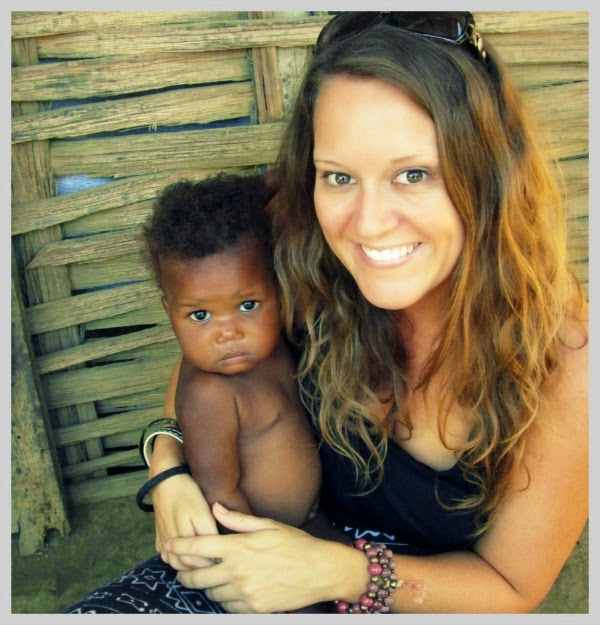About Me

In 2005 God asked me to surrender my life to His plans and purpose. Everything changed. From Mexico to New Orleans to Namibia to Haiti it's been one incredible adventure with the Lord after another. This blog is a piece of that journey.
Blog Archive
Popular Posts
-
My sister sent me an interesting graphic. It shows the true size of Africa when compared to other countries. I always knew Africa was a big ...
-
I want to share a story with you. This story was recorded by Mother Teresa in her book "In the Heart of the World". Some of ...
-
...kicked my butt. On Tuesday, Jenny and I went with a bus load of other RVA folks to Mt. Longonot. She had asked me before I came if I wan...



























.jpg)



























